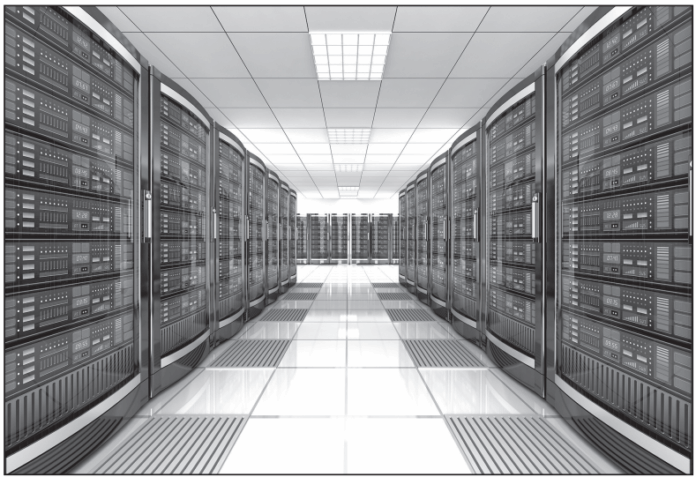It’s been a while since I’ve written an article for the North Shore Journal, but after learning about the new AI data center proposal in Hermantown, I felt it was important that all of us who call this wonderful place our home be aware and educate ourselves on the future of our beloved landscape.
Maybe I’m a bit in the dark with technology, but it isn’t hard to do while living up here on the north shore. I spend many of my days hauling firewood, water, preserving food, and observing the birds outside my windows, but I first started hearing about AI data centers, what they were, and their impact a few months ago. Since then, I have been learning more about the data centers that already exist and their impacts on communities around the country.
Data centers are giant warehouses full of computer servers that provide data storage and processing for apps, internet websites, and big companies. They are necessary in the modern world but also draw a lot of resources, like power and water, to function. The proposed Hermantown project would include up to four buildings housing the data center equipment on more than 200 acres. Each building will be up to 50 feet tall and 300,000 square feet, which is about the size of five football fields per building.
Roughly ten “hyperscale” data centers have been proposed across the state of Minnesota. One in Rosemount is currently under construction. Many others are under heated debate between the big business companies, local/state government, and community residents. Data center developers promise the projects will bring jobs, economic growth, and tax revenue. But local community members in both Hermantown and other smaller communities across the country have voiced concerns about their vast electricity and water needs, as well as air, noise and light pollution. Data centers use vast amounts of freshwater to cool the machines inside. This is most likely why these giant corporations are starting to take such great interest in the Upper Midwest and Great Lakes region. The proposed data center campus will use up to 50,000 gallons of water per day when fully built out.
One of the major concerns around these data center build proposals is the NDAs that are being signed and honored. NDAs are Non-disclosure Agreements that are legal frameworks to protect the interests and trade secrets of companies. NDAs are legal and commonplace, but the projects and development that they protect have never been on such a large scale before in Minnesota. Hermantown residents are frustrated because their questions regarding the massive environmental impacts of this proposed data center are not being answered as a result of the signed Non-disclosure agreements.
Three of the seven St. Louis County Board of Commissioners were approached by a mystery Fortune 50 company and signed NDAs. Residents raised concerns about the lack of transparency. When a motion was made by a board member who did not sign the NDAs to discuss these agreements, the motion did not receive a second at the Oct. 14th board meeting. Meaning the motion was not carried and therefore not discussed with a packed building of concerned citizens pleading to have their questions answered on how this will impact them and their community. An independent reporter from the Duluth Monitor video recorded a confrontational discussion with Commissioner Michael Jugovich and Commissioner Keith Nelson. When asked why neither of them supported the motion, Nelson told the reporter, “I don’t give a s— what you think.”
An article written by Kristi Marohn, a reporter from MPR news, states that the Minnesota Center for Environmental Advocacy (MCEA) is currently challenging four cities’ environmental reviews of proposed data centers. “The Minnesota Legislature added new regulations on the booming data center industry during its last session, including requiring them to share more information with the Minnesota Department of Natural Resources about the amount of water they’ll use. However, the legislation didn’t go as far as some opponents wanted, including requiring data centers to undergo a more in-depth review called an environmental impact statement, or EIS.
Klemz, the MCEA’s Chief Strategy Officer, said the Minnesota Center for Environmental Advocacy plans to continue to push for new regulations on data centers, including requiring an EIS. In the meantime, the group will continue to look closely at every data center proposal. “If all of these proposed data centers come to fruition, it could more than double the amount of electricity used in the state of Minnesota, and that’s a really unprecedented increase,” Klemz said.
Despite the public urging the council to pause and table the vote until more could be learned of the proposed project’s impacts, Hermantown passed the vote 4-0 to rezone the more than 200 acres of land for the new data center, which is the first step needed in moving forward with construction. The data center is expected to be on the docket for the County Board of Commissioners’ next meeting on Tuesday, November 4th, at 9:30 am at the courthouse located at 100 N 5th Ave. W. in Duluth. Chair Harala says the next meeting will be an opportunity for the public to weigh in on the project and learn more about the proposed data center.



